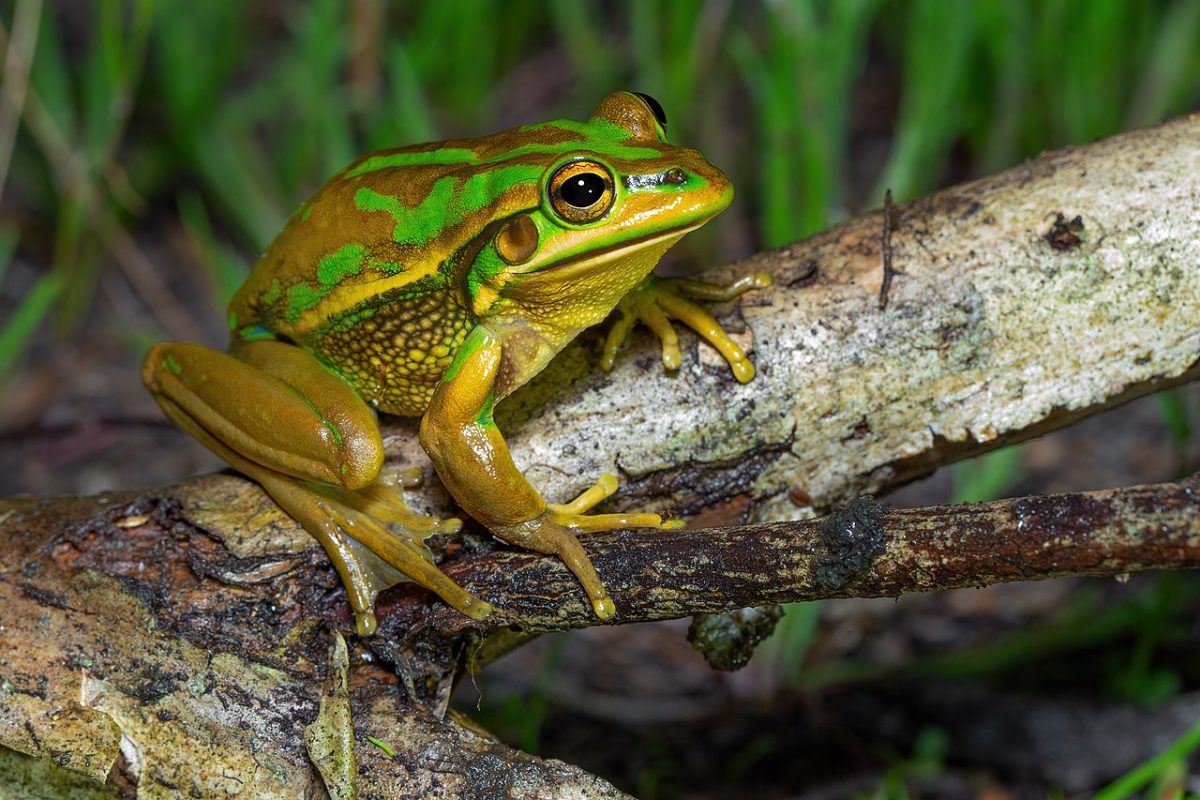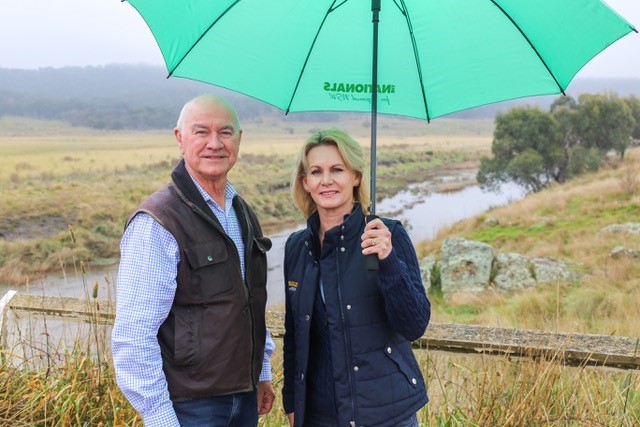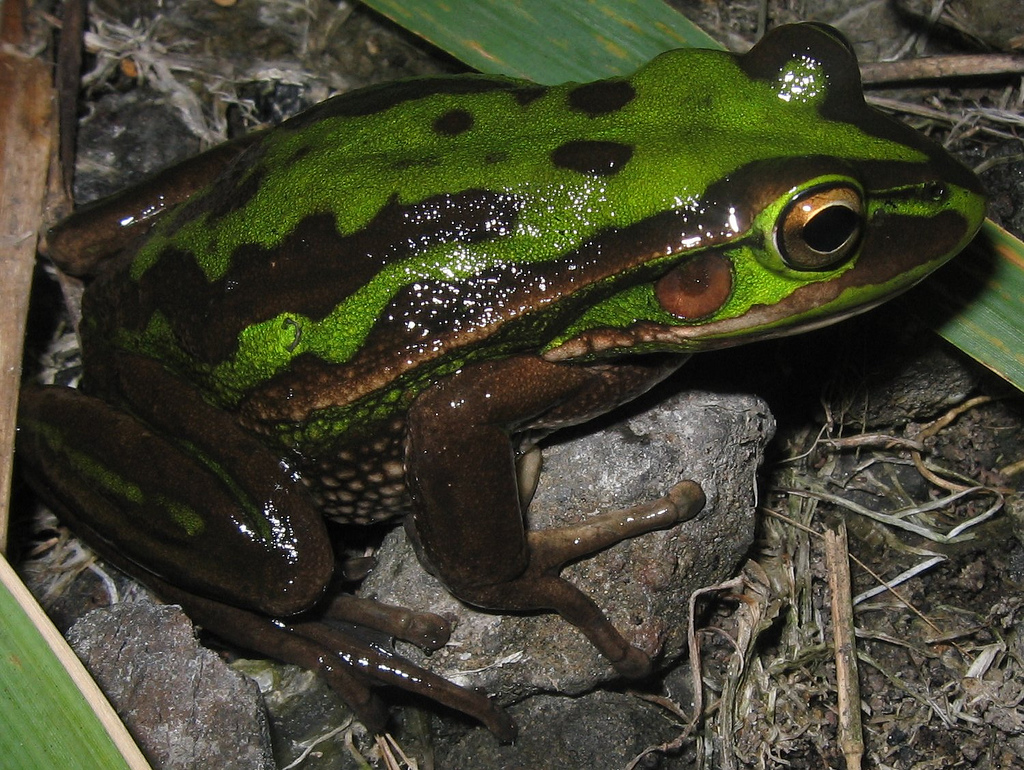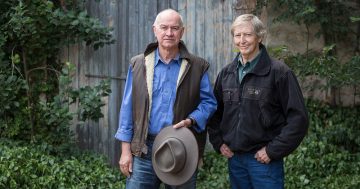
The only surviving Southern Tablelands population of Green and Golden Bell Frog lives in Bungendore. Photo: JJ Harrison.
It’s a sound heard only near Bungendore in the Southern Tablelands – a long, deep droning croak followed by a series of shorter grunts. It comes from the throat of the Green and Golden Bell Frog and, fingers crossed, local residents will soon hear it more often.
A local not-for-profit environmental organisation has received $170,000 of grant funding from the NSW Government to keep the endangered frog species alive and well in the region.
The Mulloon Institute will use the money to restore the wetland habitat along the Molongolo River, from Carwoola to Foxlow.
Mulloon Institute chair Gary Nairn says the Green and Golden Bell Frog colony in Bungendore is the only surviving colony in the Southern Tablelands and is now critically endangered.
“Over the decades, the habitat and landscape through there has degraded, putting more challenges onto the species,” he says.
The Green and Golden Bell Frog can be recognised by its smooth skin, usually green with golden-brown blotches and creamy-gold strip along its side. Measuring 11 cm in length when fully grown, it’s one of Australia’s largest frogs.

Mulloon Institute chair Gary Nain and Nationals Member for Monaro Nichole Overall. Photo: Supplied.
It’s unknown exactly how many are left, but the Commonwealth describes it as ‘vulnerable’ while NSW takes it up to ‘endangered’.
A number of surveys conducted near Bungendore over the years point to a “diminishing colony”.
“We know it has got to a critical stage,” Gary says. “The sort of habitat needed has disappeared in other locations so that’s why they’ve died out elsewhere.”
Over time, the series of ponds along the Molongolo catchment has eroded and morphed into deep and stagnant drains. This has flow-on implications for not only the frogs, but the area’s farms and the ACT’s supply of drinking water.
Gary says the $170,000 funding will help rectify these issues by restoring about 30 km of waterway and 4000 hectares of surrounding land to its former glory.
“We put interventions into the water course to rebuild it back to what it once was. So instead of disappearing, the water is held in the floodplain where it contributes to the growth of ground cover and prevents erosion.”
The Mulloon Institute has previously carried out similar work at the Mulloon catchment between Bungendore and Braidwood. In this case, the river runs as far as Shoalhaven.

The Green and Golden Bell Frog is one of Australia’s largest frog species. Photo: Liquid Ghoul.
Gary says it works so well, Sydney’s Taronga Park Zoo will introduce the critically endangered Yellow-spotted Bell Frog back into the wild there.
“The Yellow-spotted Bell Frog has been kept in a breeding program at the zoo and they’re now releasing frogs into the Mulloon habitat. They’ve judged it ideal for developing that species in the wild again.
“We know it will work.”
The funding is part of a package of more than $4.79 million approved for the 2021 round of the Environmental Trust’s Restoration and Rehabilitation grants.
Nationals Member for Monaro Nichole Overall says she’s delighted to announce the funding on behalf of the NSW State Government.
“The Mulloon Institute is a world leader paving the way in sustainable, productive and profitable agriculture,” Mrs Overall says.
“The work it’s undertaking on Foxlow and Carwoola stations is not only helping create more resilient and productive farms in our local area but providing a lifeline for this native frog species.”
Original Article published by James Coleman on Riotact.








